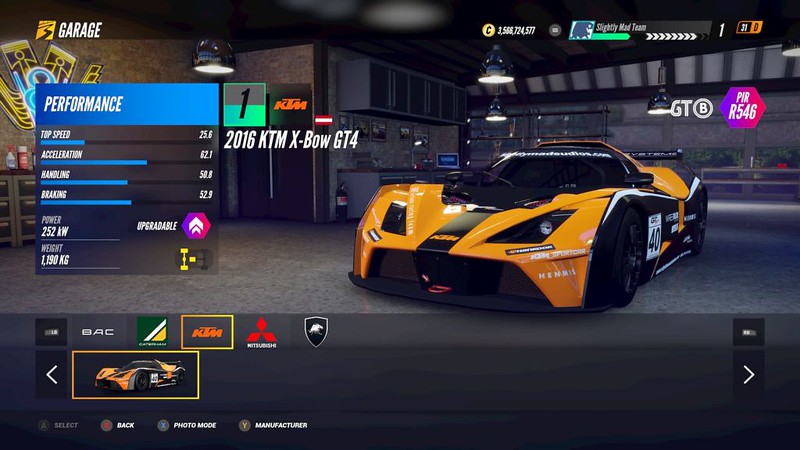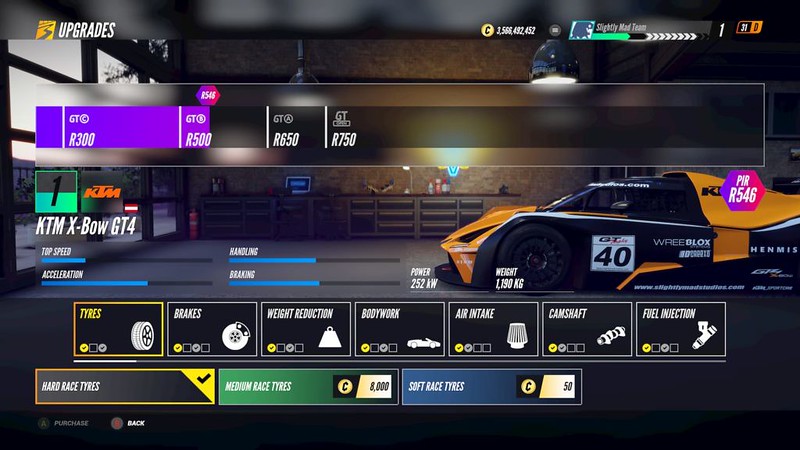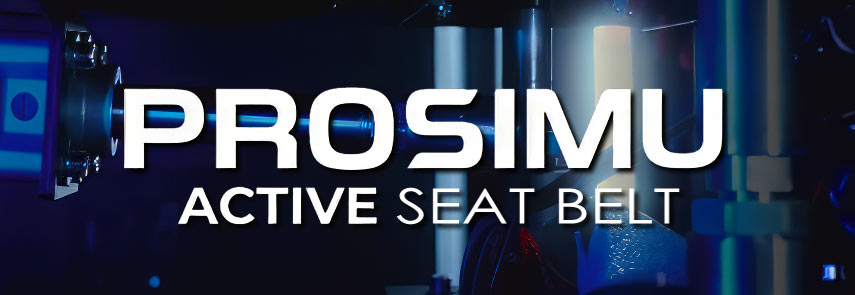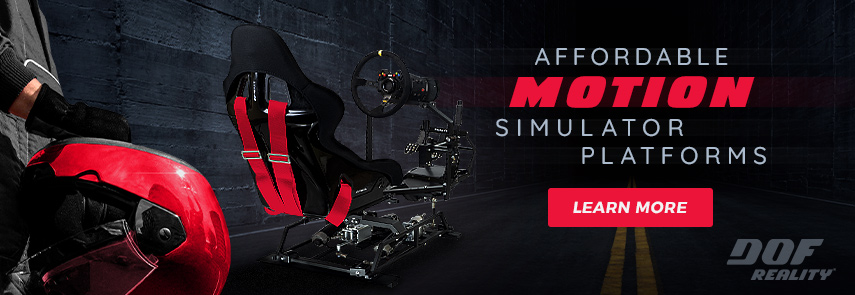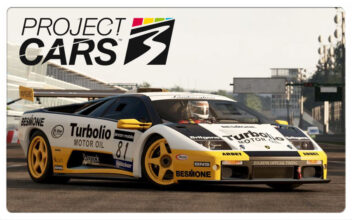
Project CARS 3 Developer Blog 4 – Power Upgrades
To better communicate their insights and reasoning behind certain Project CARS 3 development choices, Developer Slightly Mad Studios and publisher Bandai Namco initiated a new Project CARS 3 Developer Blog series in which staff members discuss certain aspects of the recently released racing title.
In the latest blog episode, Casey Ringley, who is the Lead Technical Vehicle and Handling artist at Slightly Mad Studios, gives us an inside look at the Power Upgrades feature in Project CARS 3
The digital PC download version of Project CARS 3 is available via the Steam platform for 59,99€. The CARS 3 Deluxe Edition is available for 89,99€. The Project CARS 3 season pass, including the Ignition Pack, has a price of €34,99.
In case you missed the previous Blog episodes:
- Episode 1 – Design and Physics
- Episode 2 – Handling
- Episode 3 – Car Upgrades
Power Upgrades
Performance part upgrades in Project CARS 3 work directly with the physics engine and that has obvious consequences on how you choose to upgrade your car. Firstly, because power without control may be great fun but it’s also the fastest way to get into the scene of your accident, and secondly (and more importantly), because there are different “kinds” of power gains to be had in-game. Higher RPM range, or fatter torque—or both.
How you get the type of power you want is all about what types of engine upgrades you use in-game. So let’s take a look at what they do and how they function.
Engine Upgrades
Oxygen is life and it’s also key to engine performance—the cleaner the air that gets to your combustion chamber, the more power you’ll get, which is where Air Intakes come in to your upgrade equation. A camshaft, meanwhile, works by opening and closing the intake valves—the better the timing with respect to the cylinder position, the better the engine performs.
Air Intake and Camshaft upgrades are largely about getting power gains in the upper portion of the rev range and improving the engine’s breathing for higher performance close to the redline.
Engine Block Upgrades
The engine block is what holds pretty-much all the business bits of your engine—pistons, cylinders, and so on. Back in the day, these were cast iron, but that’s been replaced by aluminium to allow for the most efficient cooling of the engine.
These types of upgrades cover a wide category of parts in your engine—heads, manifolds, and pistons, for instance—which will result in a general increase in torque across the engine’s RPM range. So if you’re lacking low-end grunt out of turns, here’s a good solution.
ECU Upgrades
The ECU is an electronic control unit that leads to manufacturer-approved optimal engine performance. But if you’re wanting more performance, it’s time to void your warranty and get this upgraded. The result is a fine-tuning of the engine for modest power gains, but also an increase in the rev limit so you’ll spend more time high-up in the power band where the best noise is!
Higher RPM can result in better driveability, too.
In electric cars (such as the Rimac and Lotus Evija, for example), the ECU upgrade is tantamount to changing motor maps where the lowest power map still produces over 1,000hp, and you can then progressively step up to the maximum power mode.
Intake Upgrades
On cars with balance of performance (BoP) restrictions, such as GT3 and GT4, Air Intake upgrades will increase the size of the engine air restrictor which in turn raises the power output and shifts peak power to a higher RPM.
Forced Induction Upgrades
A naturally-aspirated engine has to live with the oxygen it gets from the intake. But getting a turbo or a supercharger into the action is your guarantee for the kind of fat gains in power you crave. Forced induction systems will suck the air in at speed and force-feed your engine what it wants most. Even modest psi boosts will give huge results, and the more boost you add, the more power you’ll get to your wheels.
These upgrades will add a turbo or supercharger on naturally-aspirated cars and progressively increase the peak boost pressure with each stage of upgrade. Stage 3 is where things get explosive! This is where the biggest boost pressure maps will produce quite a kick when they “activate” because the turbos need to spin up to higher RPM before blasting in the power and that lag means you’ll be wondering where your Stage 3 power is—until it comes in and snaps your neck off.
For turbocharged race cars that are limited on boost pressure by BoP, these upgrades will change to de-restricted boost maps on each Forced Induction Upgrade to unlock their full power potential. You’ve been warned!
Hybrid Upgrades
For the GT classes, these types of upgrades will place an electric motor on the non-driven axle of a car, effectively making them into AWD GT race cars. The motor works like a Push-to-Pass system, adding up to 300hp for as long as you hold down the button and have charge in the system. The batteries recharge under braking, and you will need to strategize on where the ideal place is on each track to use the stored energy and the power. A full battery charge will offer between 5.5-6.5s of use at maximum power, so think ahead.
Transmission
Getting your gearing right makes a really big difference to your lap time. You’ll always hear drivers asking what gear their rivals are taking through one corner or another because getting that right is vital in unlocking pace. The trade-off is between maximizing power in a lower gear to increased traction in a higher gear. Getting out of a hairpin in a lower gear is optimal, but not if you induce wheelspin. With your transmission upgrade, the time it takes for your gear to engage on up- and downshift is reduced (in cars with an H-shifter), and if you buy a full Track upgrade, you’ll also be able to mess with your final ratio, helping you fine-tune your transmission for that perfect launch from every corner. So that’s the Power Upgrades option sorted: next week, I’ll discuss the Handling Upgrades in-game. Just remember, though, that power without control isn’t a guarantee of higher performance. If you can’t put the grip down, more power isn’t going to help you get around a track faster.
Official Webpage – www.projectcarsgame.com |
 Bsimracing Sim Racing Resources and News for the racing enthousiast.
Bsimracing Sim Racing Resources and News for the racing enthousiast.


